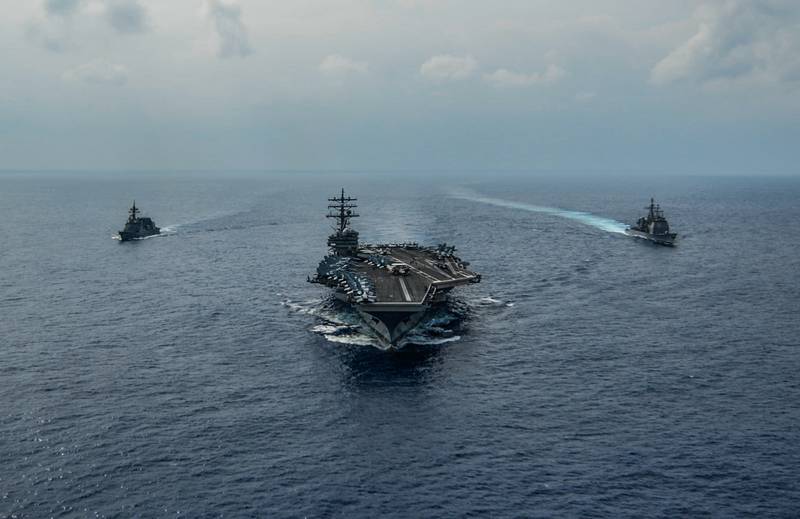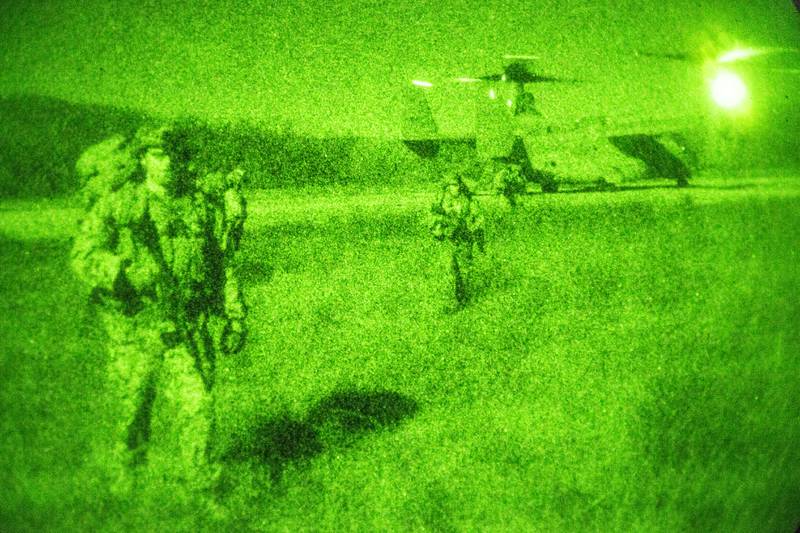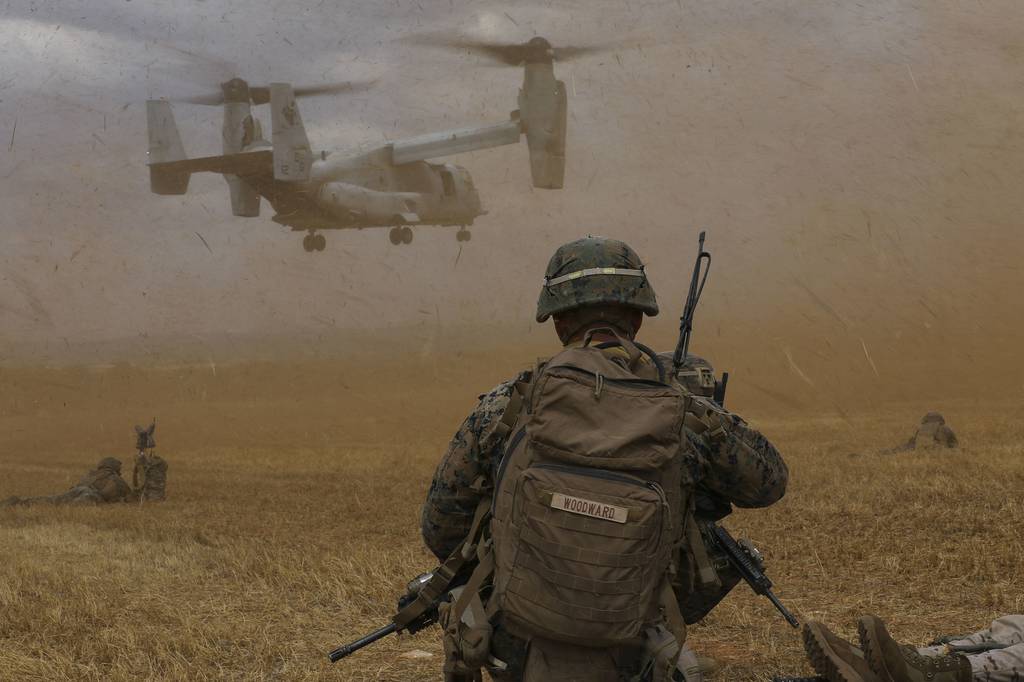WASHINGTON — Three years after their formation, the U.S. Marine Corps' tactical information warfare forces are at an inflection point, as they make changes to how they operate per directions from the commandant, according to a top official.
The Marine expeditionary force information groups, or MIG, were created in 2017 as a means of modernizing the Corps and keeping pace with adversaries who exploit the information environment via cyberattacks, propaganda and electronic warfare. the MIGs includes tactical cyber operators to conduct defensive cyber operations, electronic warfare, signals intelligence and other information-related capabilities.
As each of the military services reorganize under a banner that’s loosely referred to as information warfare, the Corps' version is dubbed “operations in the information environment,” purposefully eschewing the term “information warfare.”
“Over the past three years we have learned a lot about conducting operations in the information environment through the implementation of the MIGs. As part of the overall Marine Corps Force Design efforts, we are turning our lessons learned into process improvements at the MIG level and continuing to refine our capability requirements at the MIG and tactical level,” Jennifer Edgin, assistant deputy commandant for information, told C4ISRNET. “The improvements are based on ensuring survivability and lethality of our expeditionary forces and ensuring that every Marine has access to information when they need it, how they need it, on demand.”
The commandant of the Marine Corps has directed a force design update and required the service to not only slim down — meaning there will be cuts in units as well as fleets of large platforms such as tanks — but also to better integrate with the Navy by acting as an expeditionary extension of the fleet.
RELATED

This integration is taking place from operational and strategic levels all the way down to the more tactical carrier strike group and amphibious ready group/Marine expeditionary unit levels, culminating at the joint maritime level of the combatant commands.
Officials say that based on preliminary force design ideas, the commander of a Marine expeditionary unit in 2030 will likely will need a cyber planner, a psychological operations planner and someone who understands space. This would mean the force must also figure out how to integrate those individuals into the expeditionary strike group.
As for the more tactical level, Edgin told reporters during the virtual Modern Day Marine conference in mid-September that generally the Corps looked at refining its process for improving the force, attaining different capabilities and ensuring the MIGs are optimized for the future.
“If we look at the environment where the MIGs need to operate, they need to be adaptable and flexible to the mission and also being staged to be threat-informed,” she told reporters. “If we look at the operations in the information environment, information doesn’t have a geographic boundary. We need to be able to adapt and flex based on the things that we are seeing and the missions that we need to perform.”
RELATED

As these forces seek to augment traditional units and act as the information advisers for commanders in highly dynamic environments, they must be highly adaptable.
Officials have explained how they can flip paradigms and create more friction against adversaries. In one example, defensive cyberspace operations-internal defensive measures companies within the Corps, combined with other fleet resources, are able to better understand adversaries and affect their behavior below the threshold of conflict.
Mark Pomerleau is a reporter for C4ISRNET, covering information warfare and cyberspace.








